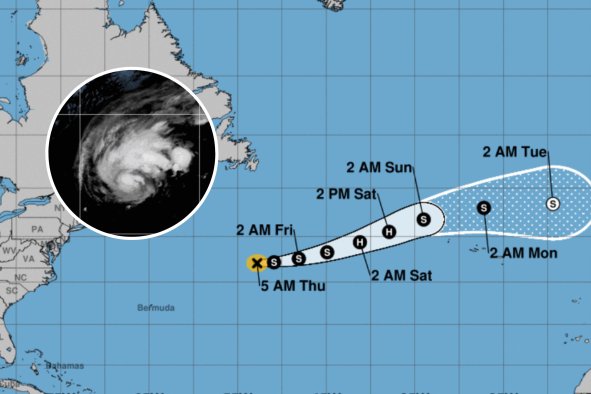Air pollution from fossil fuels is altering the fundamental atmospheric chemistry of the remote Arctic, according to a new study in the journal Nature Geoscience. The findings highlight the global reach of industrial pollution and underscore the importance of clean air regulations.
A team headed by Jacob Chalif and Professor Erich Osterberg of Dartmouth College, analyzed ice cores from Alaska and Greenland. They discovered an unexpected decline in methanesulfonic acid (MSA), a byproduct of marine phytoplankton activity, coinciding with increased air pollution levels.
"Our study is a stark example of how air pollution can substantially alter atmospheric chemistry thousands of miles away," Chalif said in a statement. "The pollution emitted in Asia or Europe was not contained there."
The study found that MSA levels in Greenland ice cores began to plummet in the mid-1800s, corresponding with the onset of large-scale fossil fuel usage in Europe and North America. A similar pattern emerged in Alaskan ice cores about a century later, aligning with East Asia's industrialization.
This research resolves a long-standing puzzle surrounding MSA levels in ice cores. Previously, declining MSA was thought to indicate reduced phytoplankton productivity and ocean ecosystem distress. However, the Dartmouth team's models shows that fossil fuel emissions cause dimethyl sulfide, the initial molecule produced by phytoplankton, to convert into sulfate instead of MSA.
Hence, a drop in MSA is recorded in ice cores around the time large-scale industrialization appears.
"By releasing all this pollution into the world, we're fundamentally altering atmospheric processes," Chalif said. "The fact that these remote areas of the Arctic see these undeniable human imprints shows that there's literally no corner of this planet we haven't touched."
Despite the concerning findings, the study also offers a glimmer of hope. Data from the Greenland ice core indicates that the local atmosphere began to stabilize when European and American air pollution became more regulated. In particular, 1990 saw major amendments to the Clean Air Act in the U.S., with the U.K. passing its own Environmental Protection Act into law that same year.
Correspondingly, MSA levels showed a rebound in the 1990s as nitrogen pollution decreased.
"These data show the power of regulations to reduce air pollution, that they can have an immediate effect once you turn off the spigot," Osterberg said in a statement.
"I worry about younger people resigning to an environmental crisis because all we hear about is bad news. I think it's important to acknowledge good news when we get it. Here, we see that regulations can work."
Do you have a tip on a science story that Newsweek should be covering? Do you have a question about air pollution? Let us know via science@newsweek.com.
References
Chalif, J. I., Jongebloed, U. A., Osterberg, E. C., Koffman, B. G., Alexander, B., Winski, D. A., Polashenski, D. J., Stamieszkin, K., Ferris, D. G., Kreutz, K. J., Wake, C. P., & Cole-Dai, J. (2024). Pollution drives multidecadal decline in subarctic methanesulfonic acid. Nature Geoscience. https://doi.org/10.1038/s41561-024-01543-w
Disclaimer: The copyright of this article belongs to the original author. Reposting this article is solely for the purpose of information dissemination and does not constitute any investment advice. If there is any infringement, please contact us immediately. We will make corrections or deletions as necessary. Thank you.



